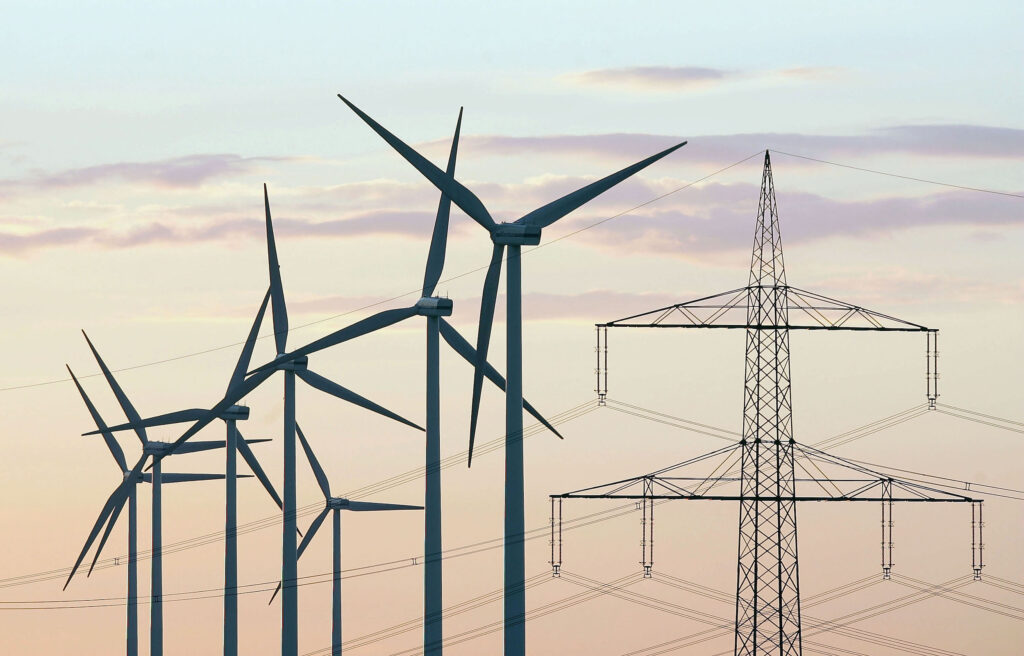Energy security of South Asia – Electrification, growth, SDGs and the way forward

Context: South Asia has almost a fourth of the global population living on 5% of the world’s landmass. Electricity generation in South Asia has risen exponentially, from 340 terawatt-hours (TWh) in 1990 to 1,500 TWh in 2015.

This topic of “Energy security of South Asia – Electrification, growth, SDGs and the way forward” is important from the perspective of the UPSC IAS Examination, which falls under General Studies Portion.
Why does electrification matter?
- Given that a 0.46% increase in energy consumption leads to a 1% increase in GDP per capita, electrification not only helps in improving lifestyle but also adds to the aggregate economy by improving the nation’s GDP.
- For middle-income countries, the generation of power plays an essential role in the economic growth of the country.
- More electricity leads to increased investment and economic activities within and outside the country, which is a more feasible option as opposed to other forms of investments such as foreign direct investment.
- The South Asian nations have greatly benefited from widening electricity coverage across industries and households.
- For example, 50.3% of Bangladesh’s GDP comes from industrial and agricultural sectors which cannot function efficiently without electricity.
Electrification of South Asia: An Overview
- Bangladesh has achieved 100% electrification recently while Bhutan, the Maldives, and Sri Lanka accomplished this in 2019.
- For India and Afghanistan, the figures are 94.4% and 97.7%, respectively, while for Pakistan it is 73.91%.
- Bhutan has the cheapest electricity price in South Asia (U.S.$0.036 per kilowatt-hour, or kWh) while India has the highest (U.S.$0.08 per kWh.)
- The Bangladesh government has significantly revamped power production resulting in power demands from 4,942 kWh in 2009 to 25,514 MW as of 2022.
- India is trying to make a transition to renewable energy to provide for 40% of total consumption, while Pakistan is still struggling to reduce power shortages negatively impacting its economy.
The electricity policies of South Asian countries
- The electricity policies of South Asian countries aim at providing electricity to every household.
- The objective is to supply reliable and quality electricity in an efficient manner, at reasonable rates and to protect consumer interests.
- The issues in achieving the objective include generation, transmission, distribution, rural electrification, research and development, environmental issues, energy conservation and human resource training.
Why do each South Asian countries need a different approach?
- Geographical differences between these countries call for a different approach depending on resources.
- While India relies heavily on coal, accounting for nearly 55% of its electricity production, 99.9% of Nepal’s energy comes from hydropower, 75% of Bangladesh’s power production relies on natural gas, and Sri Lanka leans on oil, spending as much as 6% of its GDP on importing oil.
Adaptability to renewable power as a step towards SDG
- India leads South Asia in adapting to renewable power, with its annual demand for power increasing by 6%.
- Solar power-driven electrification in rural Bangladesh is a huge step towards Sustainable Development Goal 7 (which is “Ensure access to affordable, reliable, sustainable and modern energy for all”) by 2030 and engaging more than 1,00,000 female solar entrepreneurs in Sustainable Development Goal 5 (which is “achieve gender equality and empower all women and girls”).
- India’s pledge to move 40% of the total energy produced to renewable energy is also a big step. Access to electricity improves infrastructure i.e., SDG 9 (which is “build resilient infrastructure, promote inclusive and sustainable industrialization and foster innovation”).
- Energy access helps online education through affordable Internet (SDG 4, or “ensure inclusive and equitable quality education and promote lifelong learning opportunities for all”), more people are employed (SDG 1: “no poverty”), and are able to access tech-based health solutions (SDG 3, or “ensure healthy lives and promote well-being for all at all ages”).
- The region is moving towards green growth and energy as India hosts the International Solar Alliance.
The status of regional energy trade in South Asia
- The South Asian Association for Regional Cooperation (SAARC) prepared the regional energy cooperation framework in 2014, but its implementation is questionable.
- However, there are a number of bilateral and multilateral energy trade agreements such as the India-Nepal petroleum pipeline deal, the India-Bhutan hydroelectric joint venture, the Myanmar-Bangladesh-India gas pipeline, the Bangladesh-Bhutan-India-Nepal (BBIN) sub-regional framework for energy cooperation, and the Turkmenistan-Afghanistan-Pakistan-India (TAPI) pipeline.
Associated concerns:
- ‘South Asia’s regional geopolitics is determined by the conflation of identity, politics, and international borders.
- Transnational energy projects would thus engage with multiple social and ideational issues’ which is a major limitation for peaceful energy trade.
- The current participation in cross-border projects has been restricted to respective tasks, among Bhutan and India or Nepal and India.
- It is only now that power-sharing projects among the three nations, Nepal, India, and Bangladesh, have been deemed conceivable.
The way forward
Regional security approach:
- If energy trade is linked and perceived through the lens of conflict resolution and peacebuilding, then a regional security approach with a broader group of stakeholders could help smoothen the energy trade process.
Resilient energy frameworks:
- Going forward, resilient energy frameworks are what is needed such as better building-design practices, climate-proof infrastructure, a flexible monitory framework, and an integrated resource plan that supports renewable energy innovation.
Private sector investment:
- Government alone cannot be the provider of reliable and secure energy frameworks, and private sector investment is crucial.
Practice Question for Mains
- While universal coverage can catalyze South Asia’s economic growth, energy trade must be linked to peacebuilding. Discuss. (250 Words, 15 Marks).

